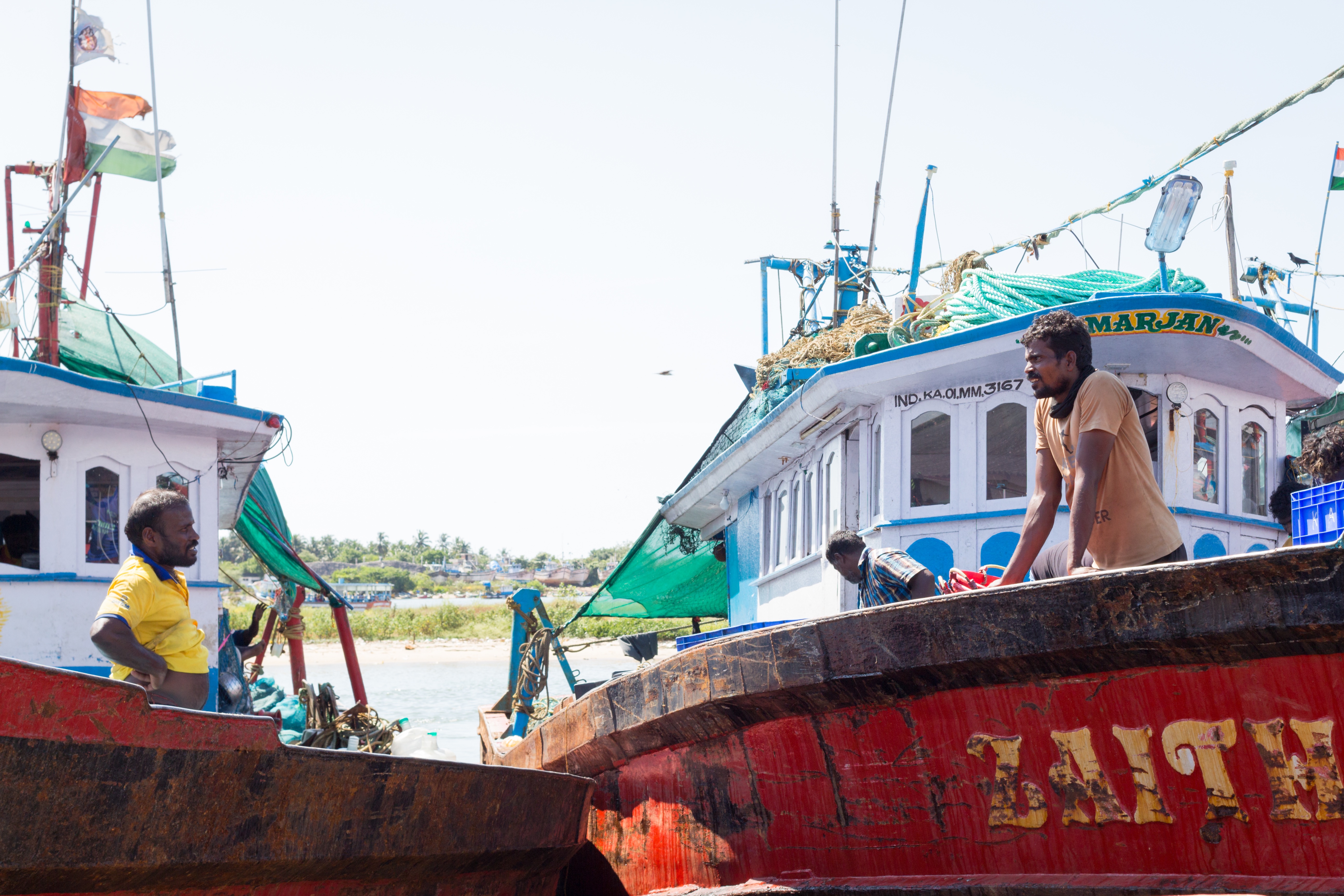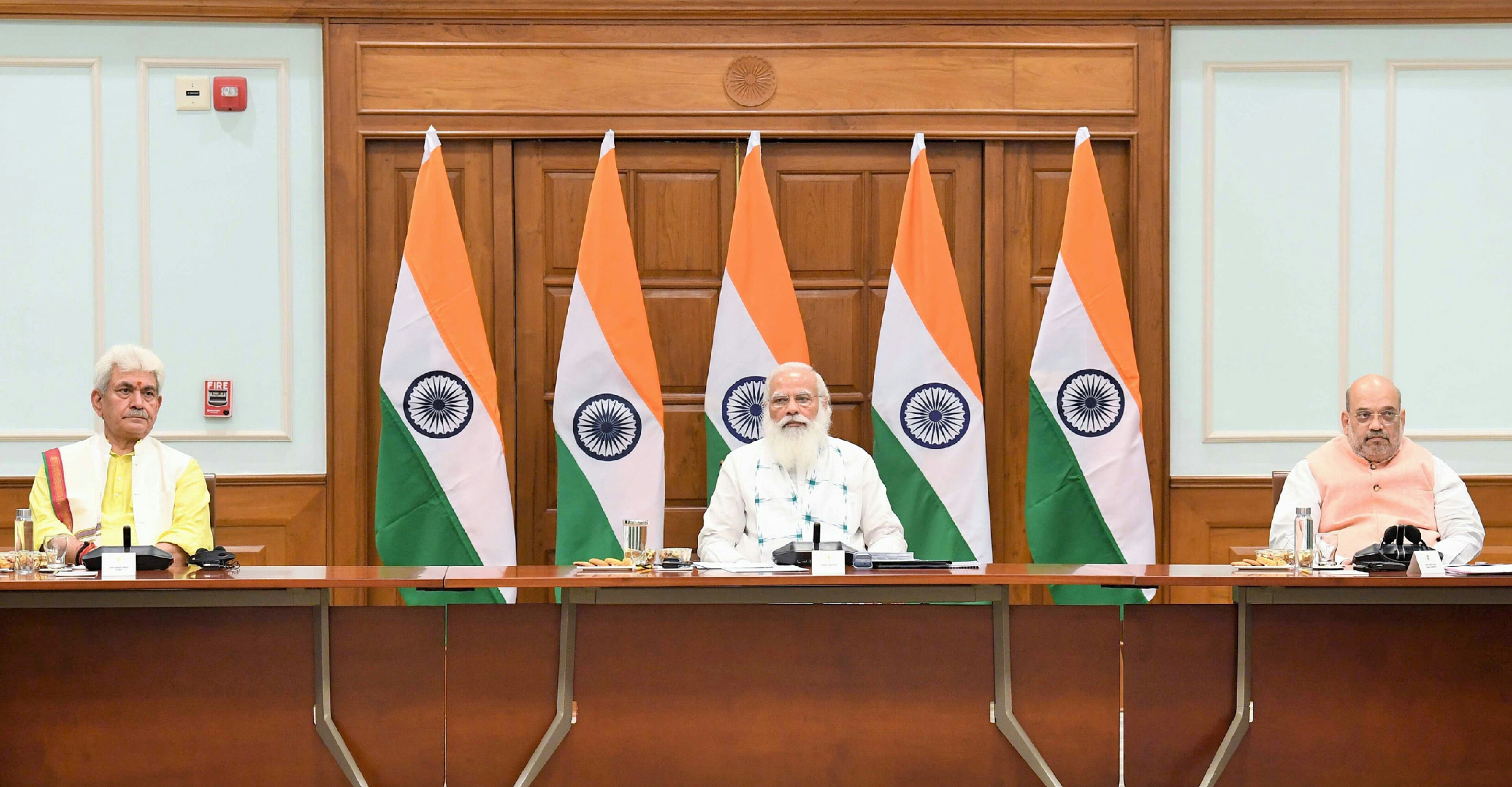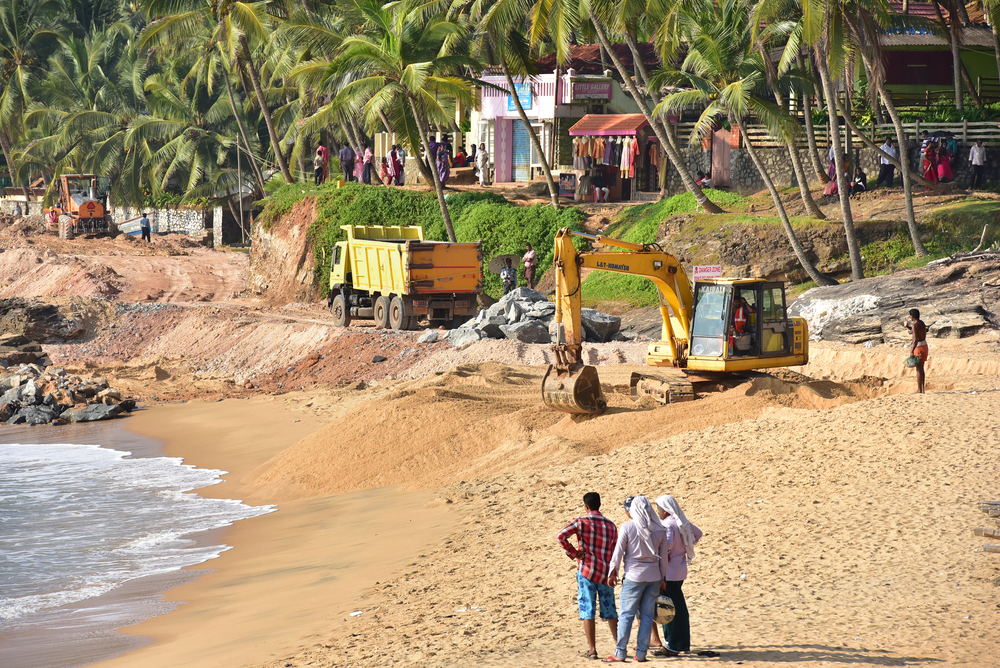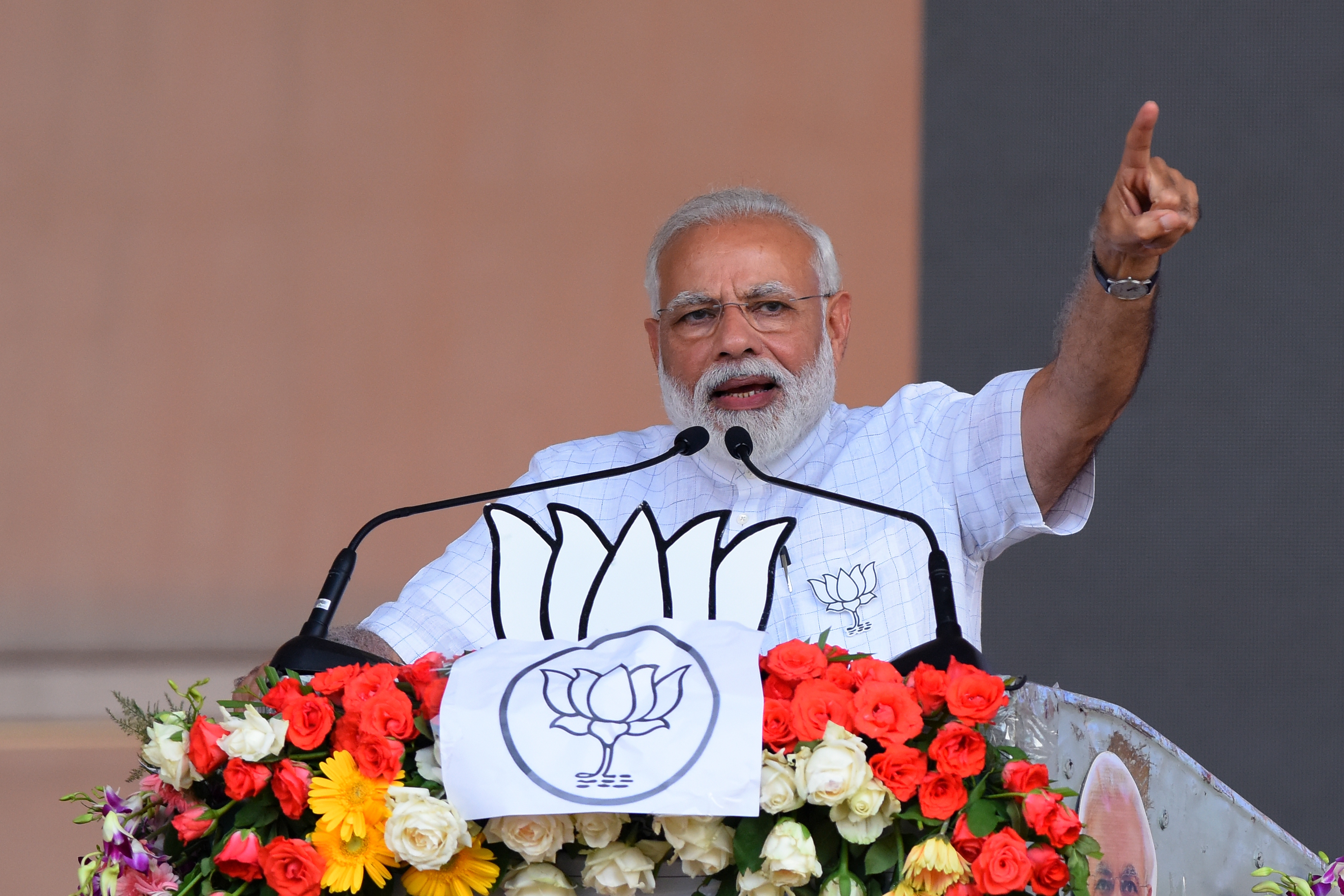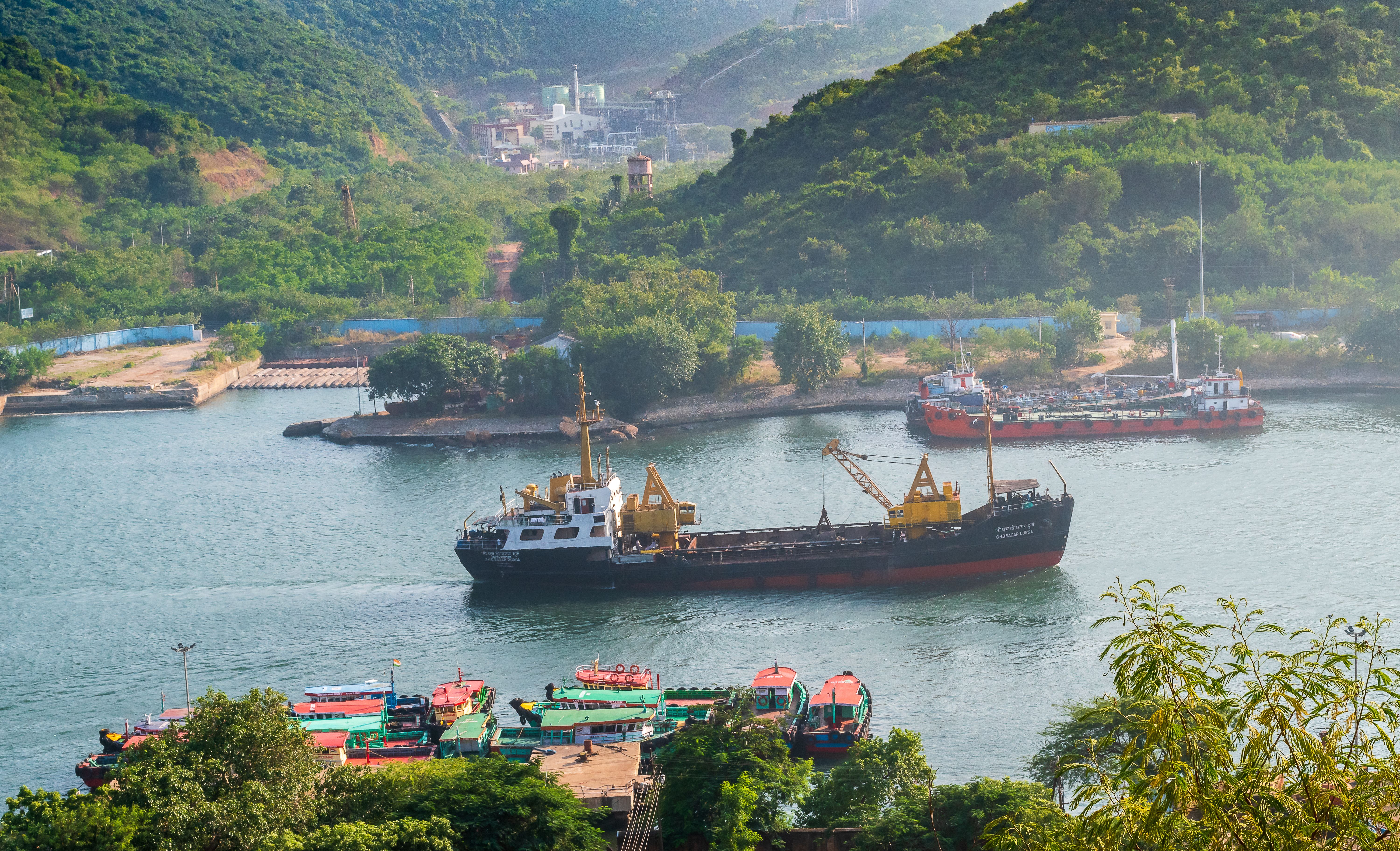-

In The Story of a Ban: Purse-Seine Fishing in India, Himal Southasian will look at how an intra...
-

Project
Modi's New New Delhi
What does Narendra Modi’s vision for India look like? In a multimedia feature for The New Yorker...
-

The lack of job opportunities has contrasted directly with India’s claims of an inclusive and just...
-

How do political parties in India acquire power, whom do they serve, and how do they retain their...
-

Pulitzer Center Update
Behind the Story: 2023 Breakthrough Award Winner Sidrah Fatma Ahmed
This year’s winner of the Breakthrough Journalism Award is multimedia journalist Sidrah Fatma Ahmed...
August 10, 2023 -

Lesson Plans
Can I Ask You Something?
Students engage key questions that drive exploration of global issues and underreported local stories, resulting in podcasts that capture the plurality of experiences and voices in their community.
